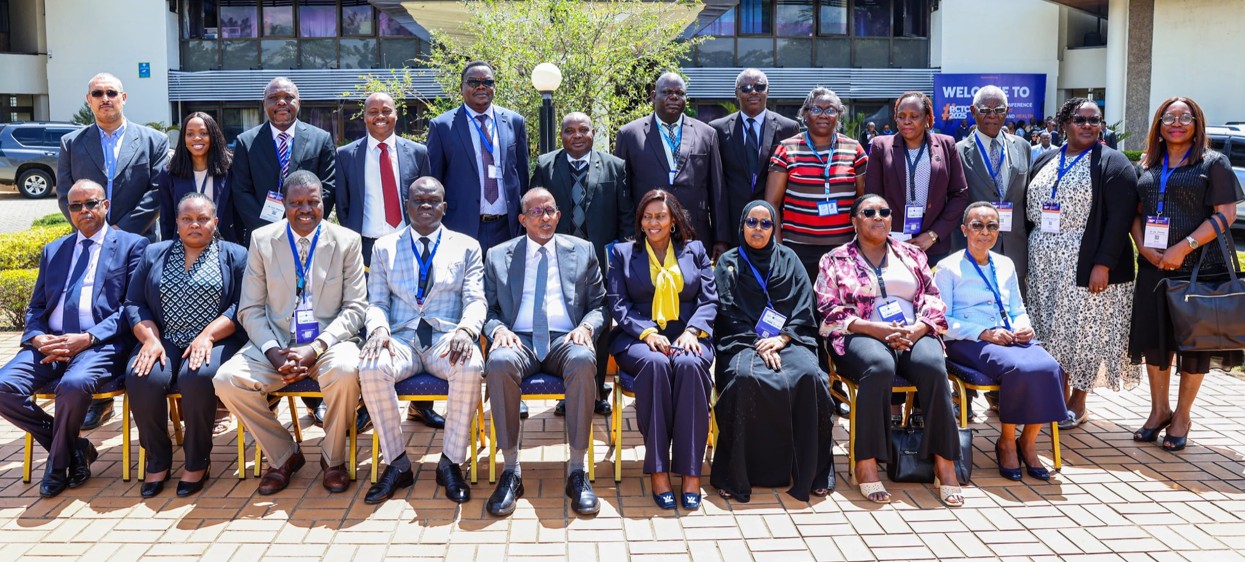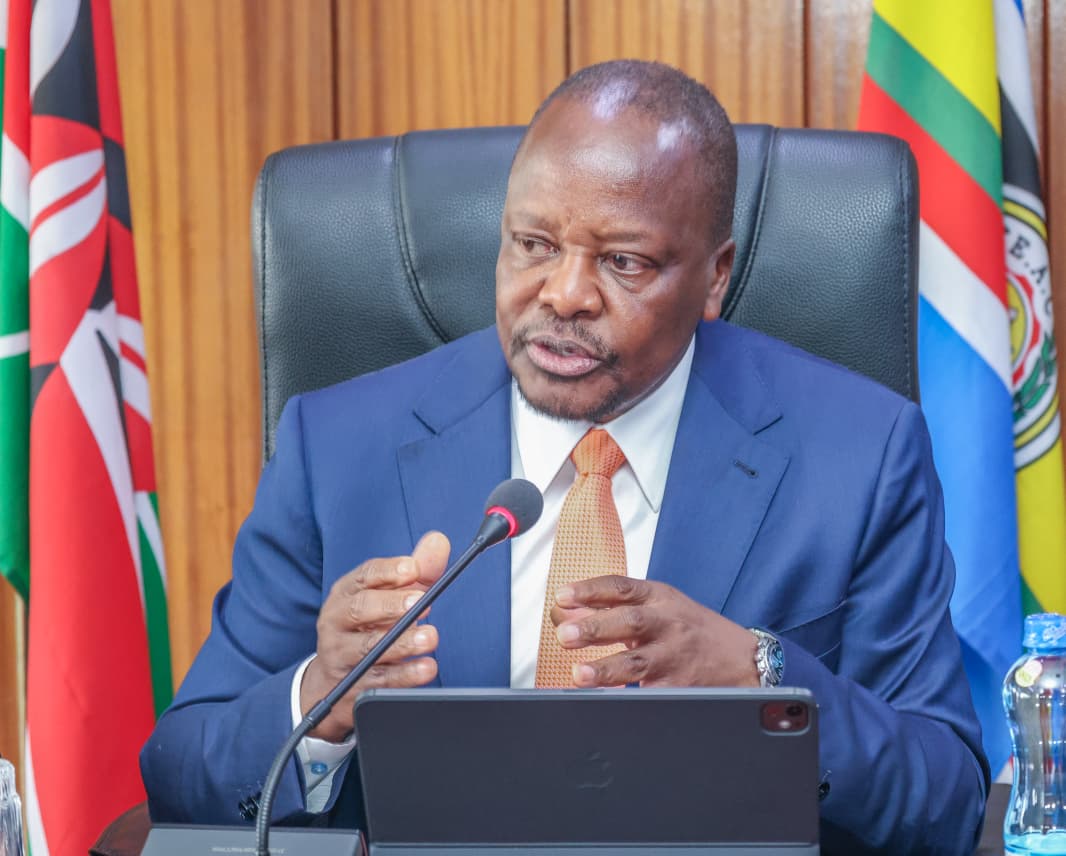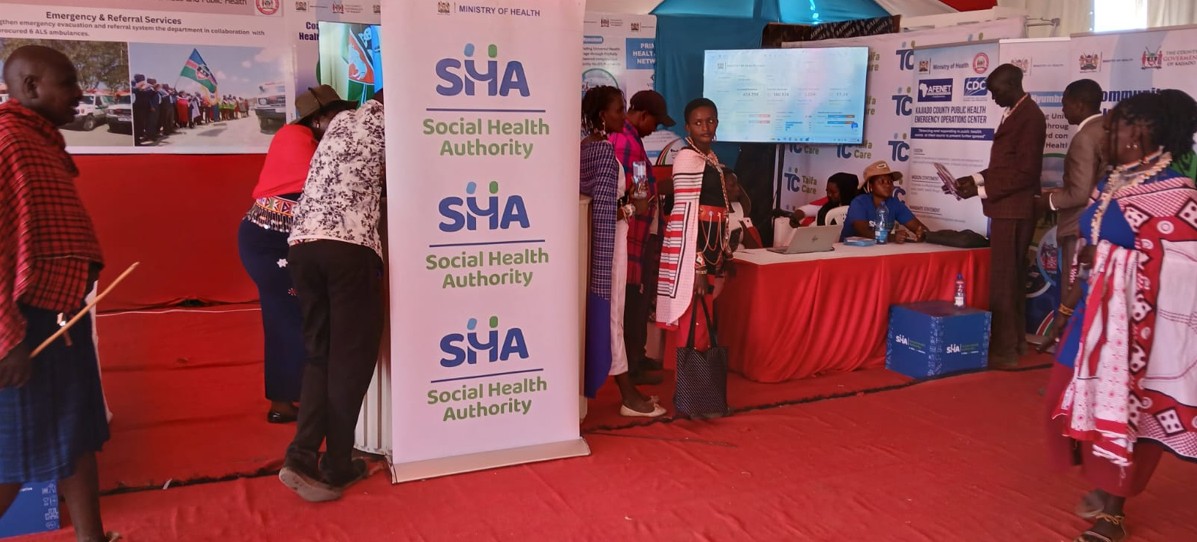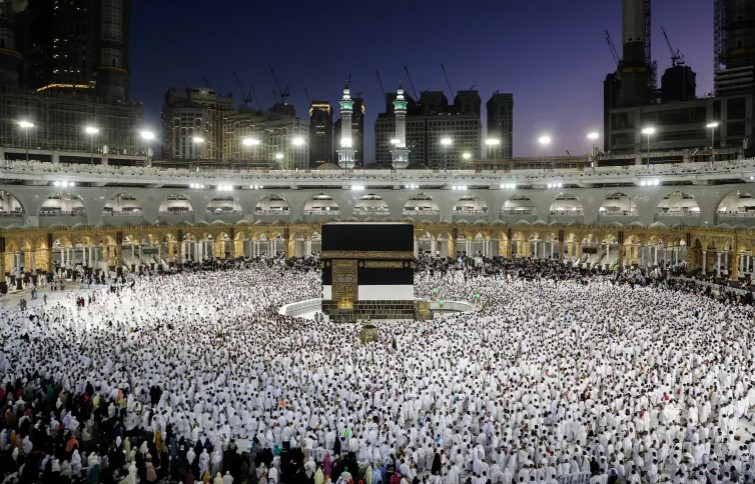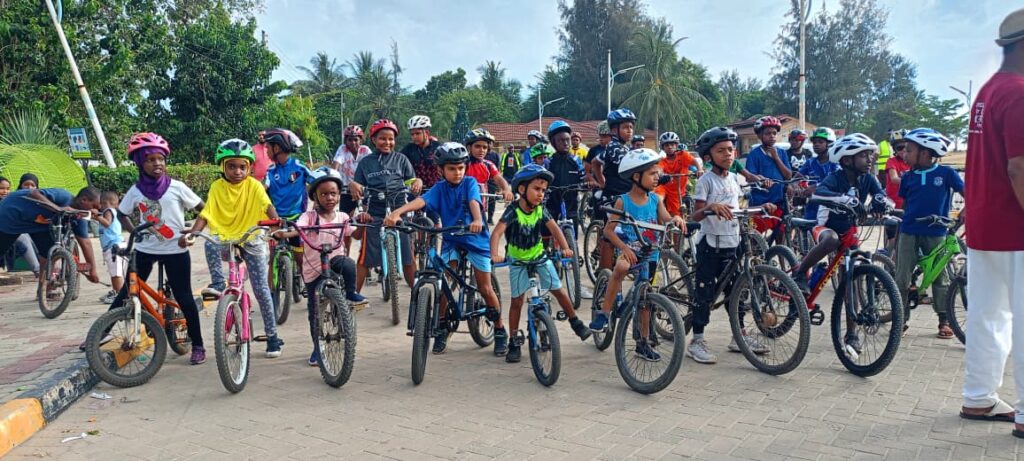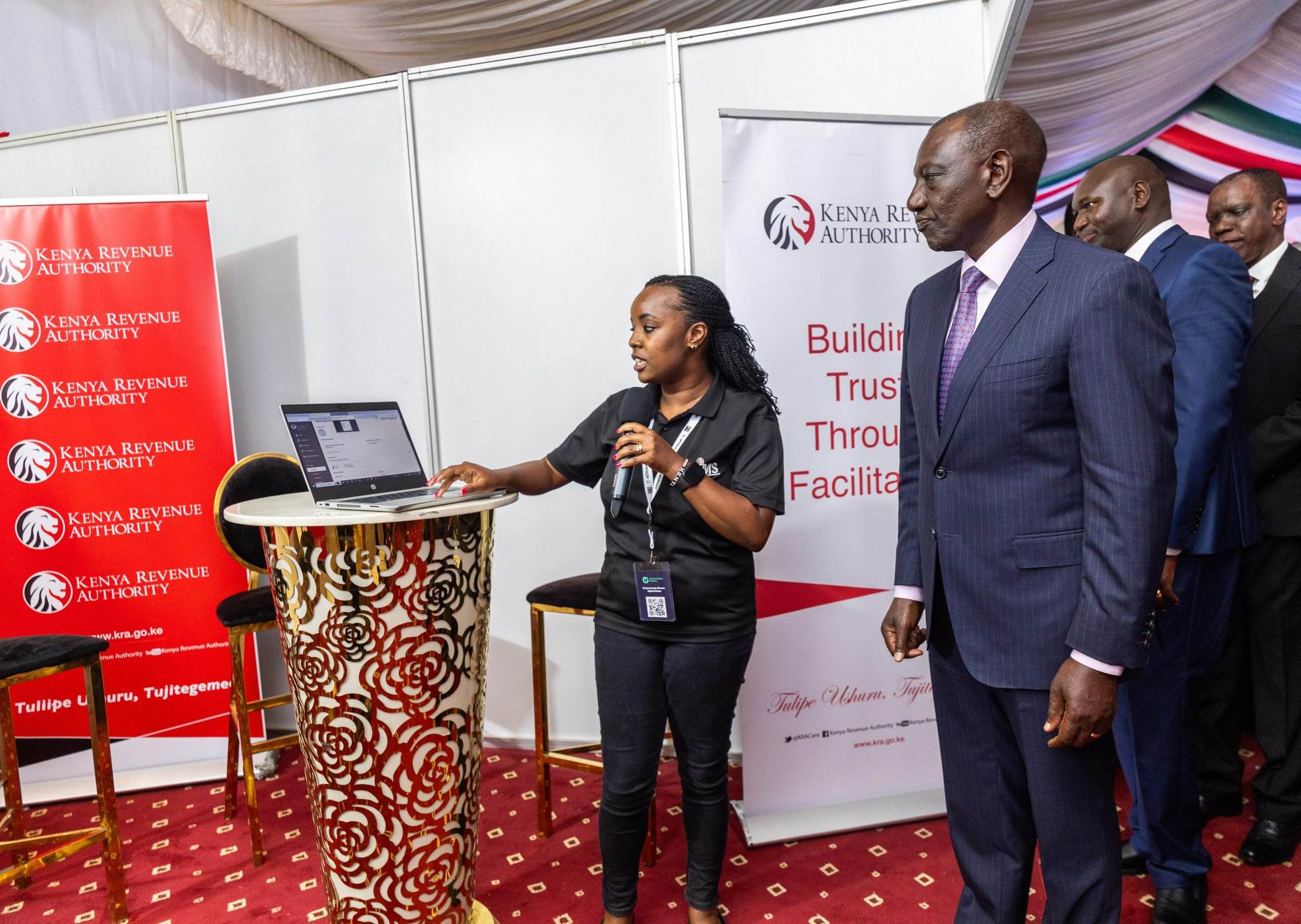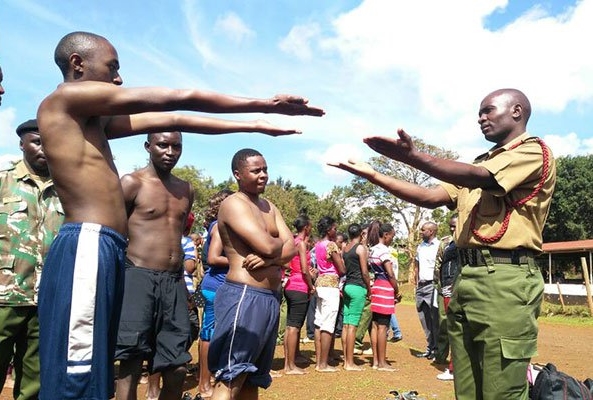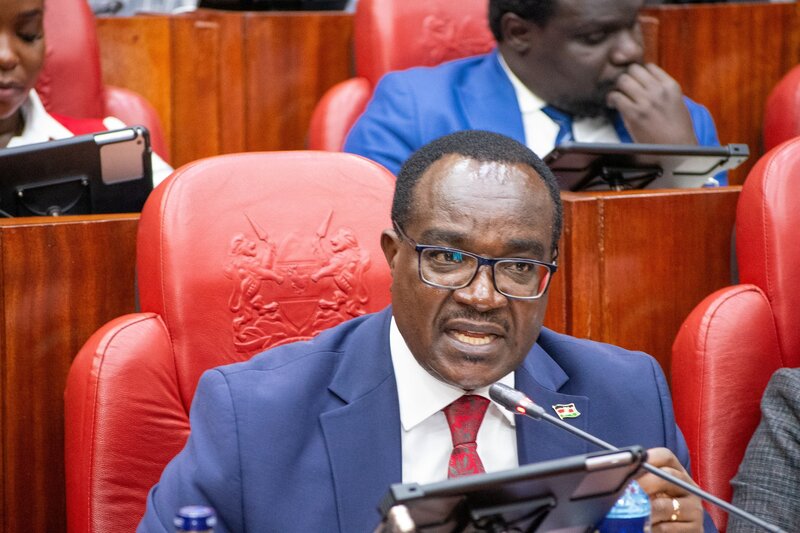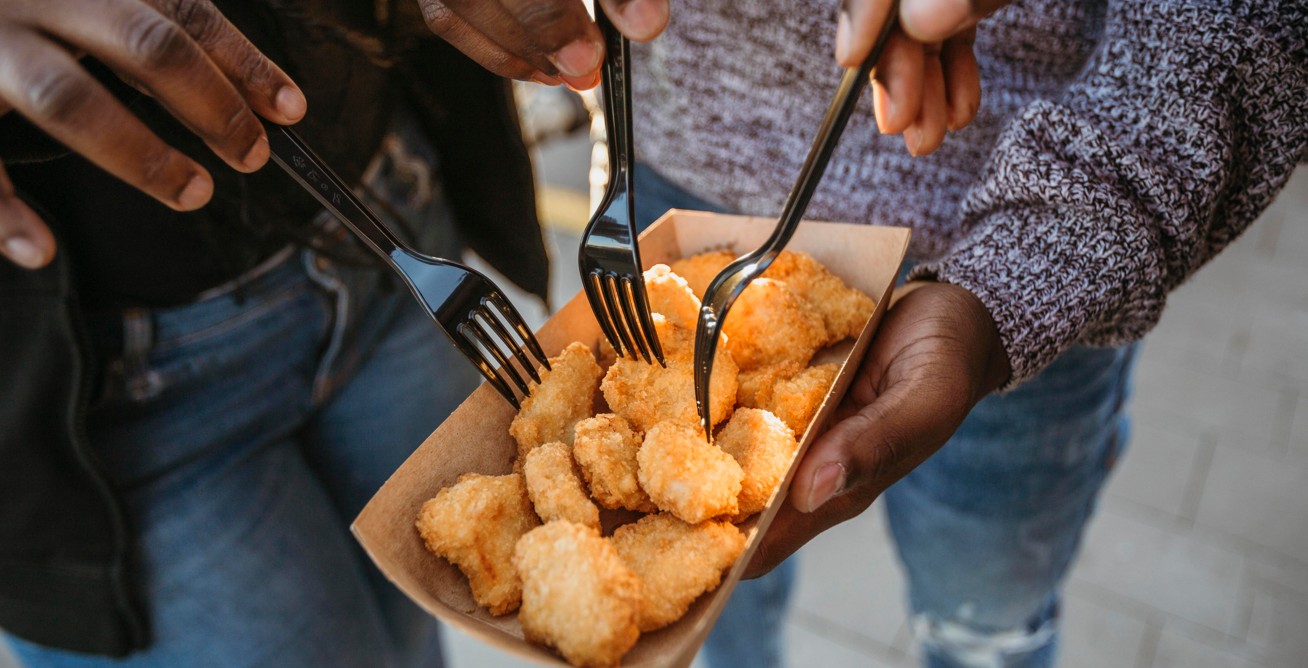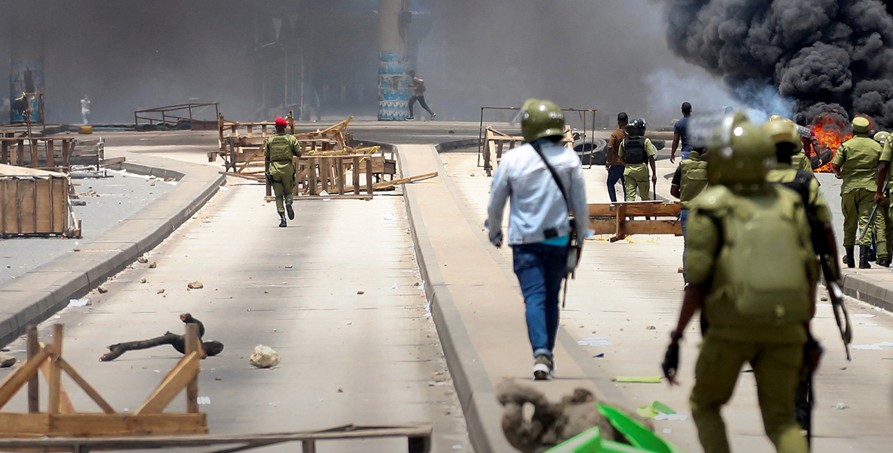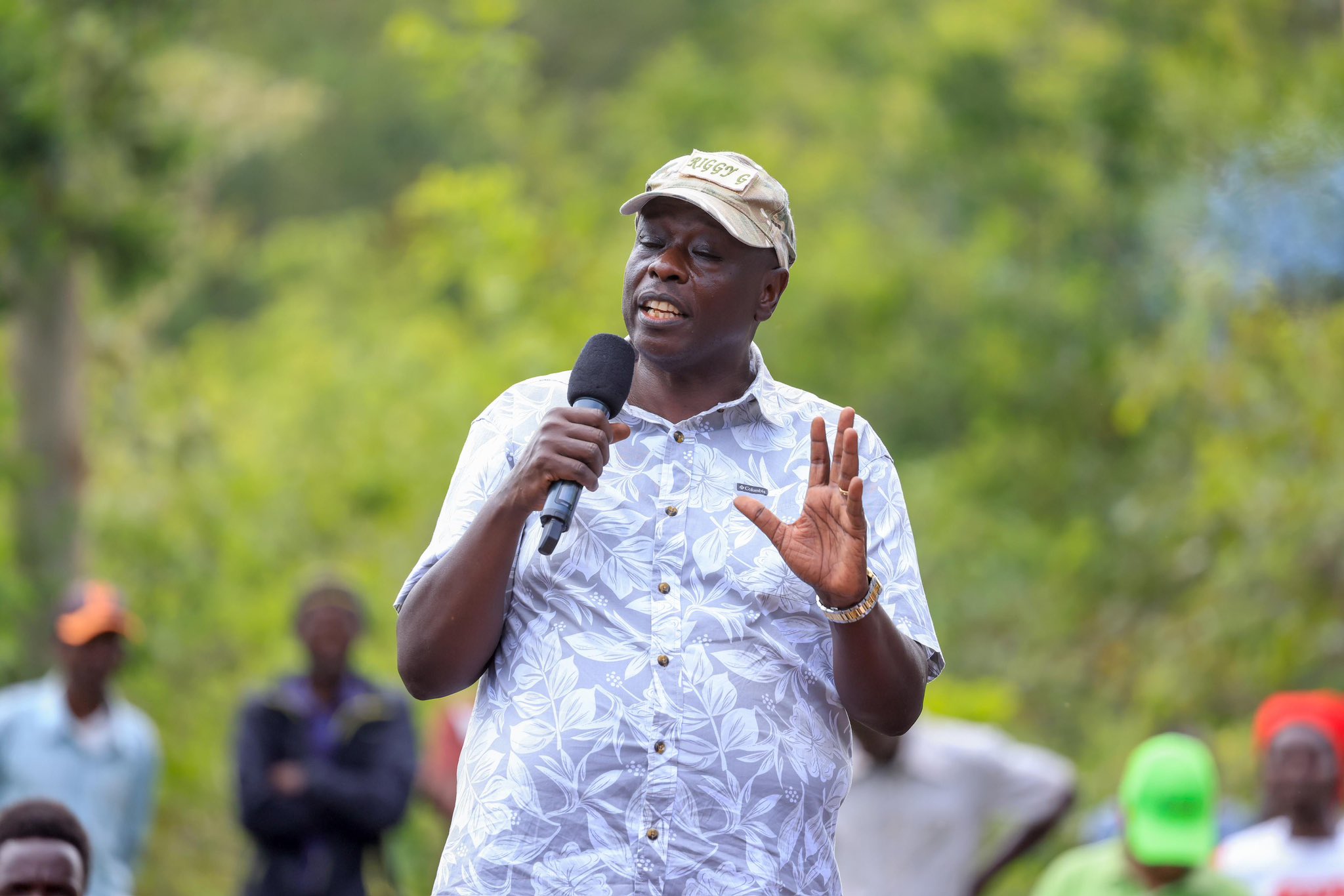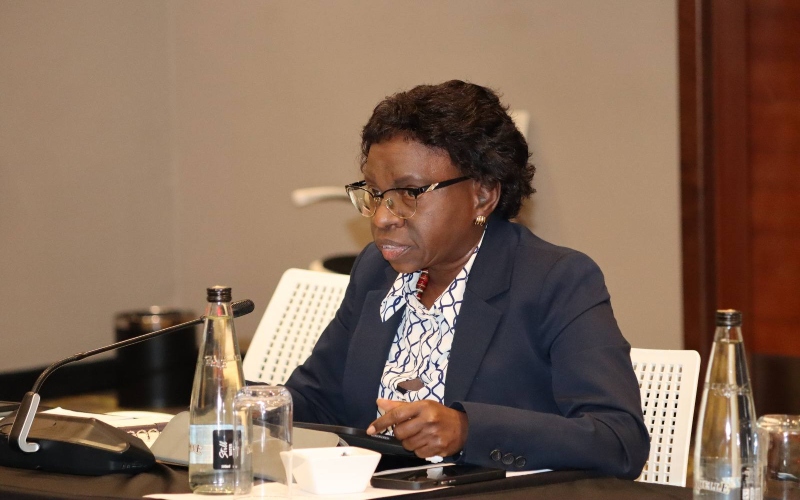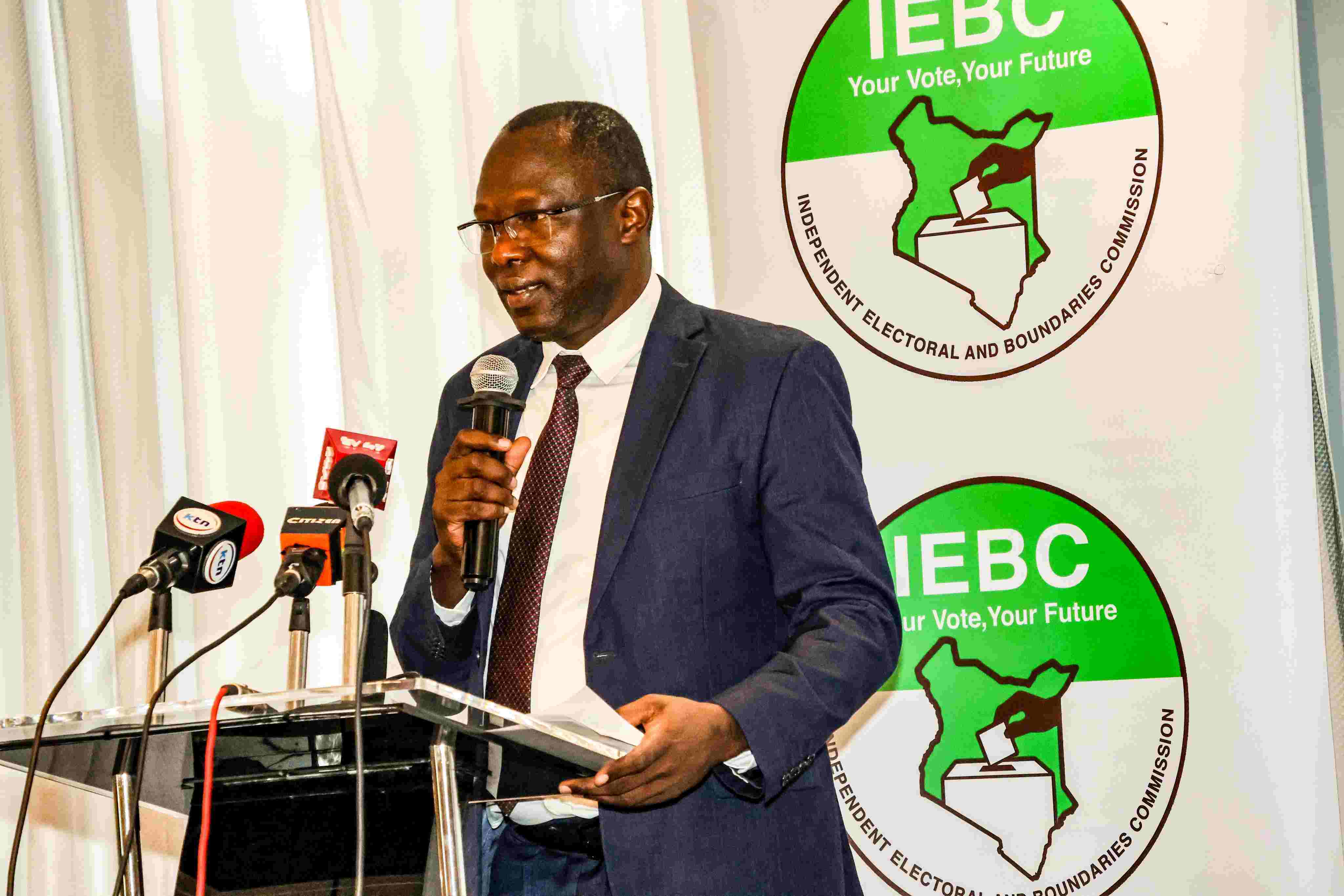How Kibaoni grew to be one of the prominent towns in Lamu County
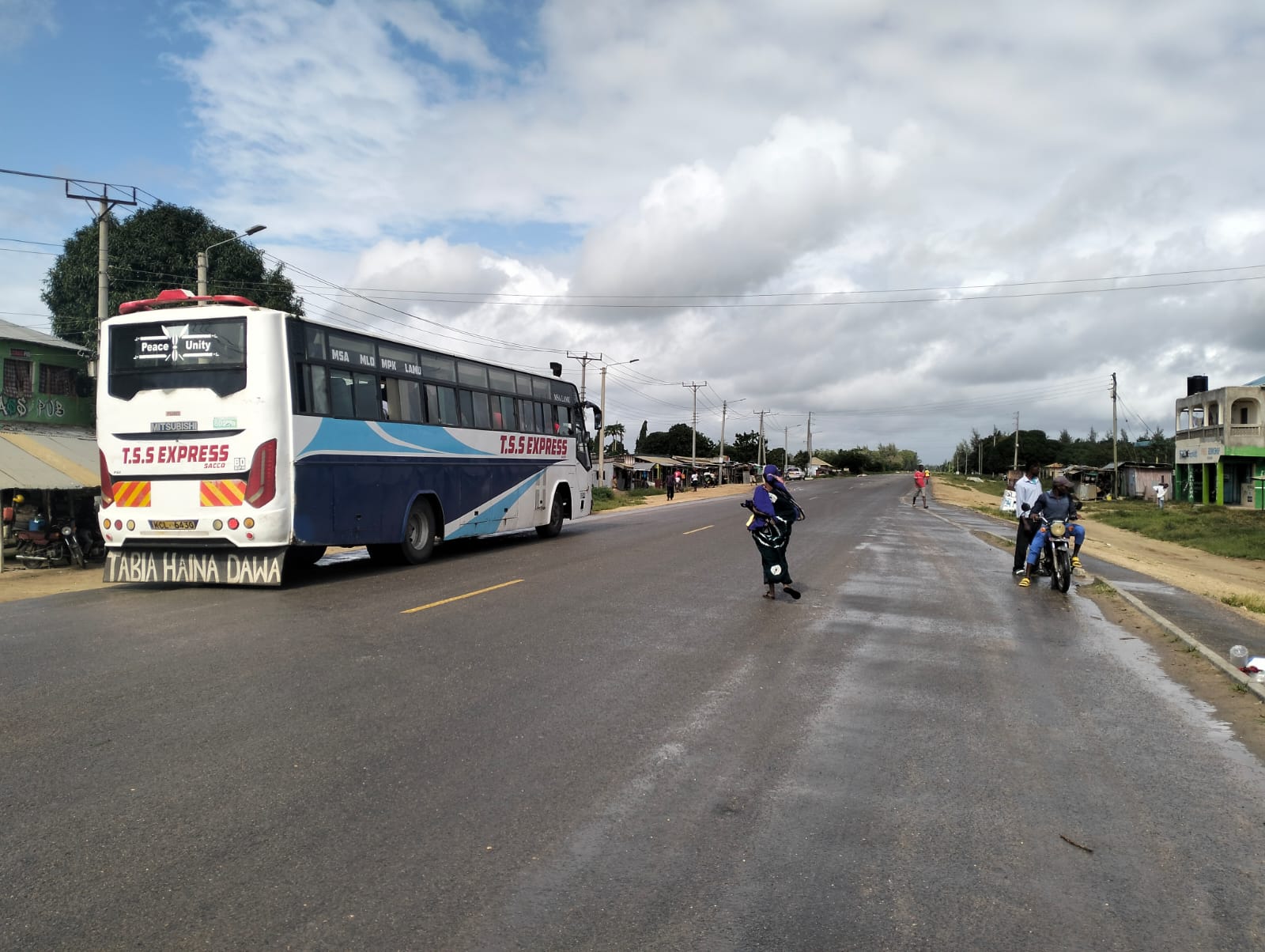
According to historians and elders interviewed by The Eastleigh Voice, Kibaoni Town began as a meeting point marked by signboards and posters directing travellers to their destinations.
Kibaoni town is renowned because the Sh10.8 billion Lamu-Witu-Garsen highway, the sole link between Lamu County and the rest of Kenya, runs through it, dividing it in two.
The town is crucial and strategically significant in the region, though many may not realise that it was instrumental in the emergence of other notable towns in Lamu, including Hongwe, Mpeketoni, Bahari, Mkunumbi, Mapenya, Majembeni, Koreni, and their surrounding areas.
More To Read
- Kiunga residents in Lamu raise concerns over weapon testing near homes
- Muslim ritual meets Swahili culture at Kenya’s unique annual Maulidi festival
- Lamu fishermen laud establishement of new cold storage facility in Kiwayu
- Lamu’s King Fahd Hospital makes history with first laparoscopic kidney cancer surgery
- Lamu County unveils refugee peacebuilding programme in Kiunga
- MUHURI pursues justice for families of two killed in Lamu crash involving KDF vehicle
But what is the origin of Kibaoni?
The Swahili word Kibao means ‘board,’ which can refer to a long, thin, flat piece of wood or other hard material used in construction or for writing.
According to historians and elders interviewed by The Eastleigh Voice, Kibaoni Town began as a meeting point marked by signboards and posters directing travellers to their destinations.
Francis Chege, a historian and Lamu elder, explained that signboards with elaborate drawings and directions began appearing at Kibaoni Junction around 1959–1960. At the time, towns such as Hongwe, Mpeketoni, Majembeni, Mapenya, Baharini, and Mkunumbi had not yet been established.
Chege noted that Kibaoni served as a hub, helping travellers navigate remote areas of Lamu and facilitating the founding of new settlements.
“Much of Lamu was forested, but Kibaoni had footpaths and routes that allowed explorers to access various parts of the region. Kibaoni became a meeting point where travellers used the many signposts to determine their destinations. This laid the foundation for Kibaoni’s growth and eventual transformation into the town it is today,” said Chege.
Waweru Kamande, a resident of Kibaoni, highlighted the role of the Rogers Oil Company in the town's development. He explained that company officials placed directional signs at the junction to guide their exploration and investments in Lamu, which contributed to Kibaoni’s prominence.
“The Rogers Oil Company sought to expand its business into the interior of Lamu. Since Kibaoni was a central junction with various paths to rural areas, signposts were erected to guide travellers, paving the way for the town’s growth,” said Kamande.
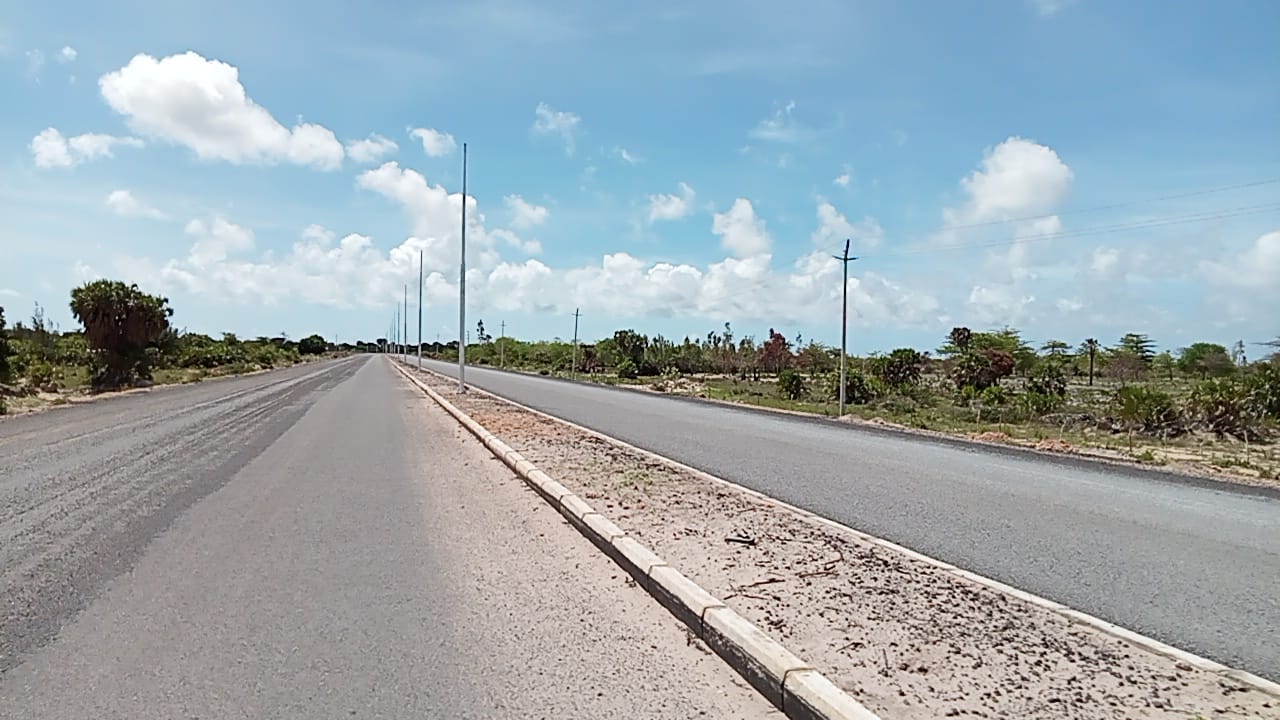 A section of Lamu Road. The Sh10.8 billion road is the main connection to Lamu. The road cuts through Kibaoni town. (Farhiya Hussein)
A section of Lamu Road. The Sh10.8 billion road is the main connection to Lamu. The road cuts through Kibaoni town. (Farhiya Hussein)
Mary Njuguna, a resident of Mpeketoni, acknowledged Kibaoni’s vital role in the emergence of neighbouring towns and villages.
She recounted how Kibaoni also facilitated the construction of key roads, such as Kibaoni-Hongwe, Kibaoni-Mpeketoni, Kibaoni-Majembeni, and Kibaoni-Lake Kenyatta, which improved connectivity and spurred further development.
Njuguna recalled a pivotal moment in the 1970s when the late President Jomo Kenyatta visited Kibaoni before heading to Lake Mkunguya, now known as Lake Kenyatta.
“Mzee Kenyatta had lunch under a large tree near the lake. When he asked the name of the tree and was told it was called Mpeketo, he decided to name the area Mpeketoni and the lake, Lake Kenyatta. If not for Kibaoni’s connectivity, we would not have names like Mpeketoni and Lake Kenyatta today,” she said.
Residents have also praised the government’s efforts to improve infrastructure in Kibaoni and its surroundings, attributing these developments to the town’s rapid growth.
Today, Kibaoni boasts modern amenities, including a police station, dispensary, and Muhamarani Primary School, alongside thriving businesses such as supermarkets and retail shops.
“The construction of the Lamu-Witu-Garsen highway has significantly benefited our town. Businesses are flourishing, and the town has expanded immensely,” said Lucas Mwangi, a resident.
Top Stories Today
